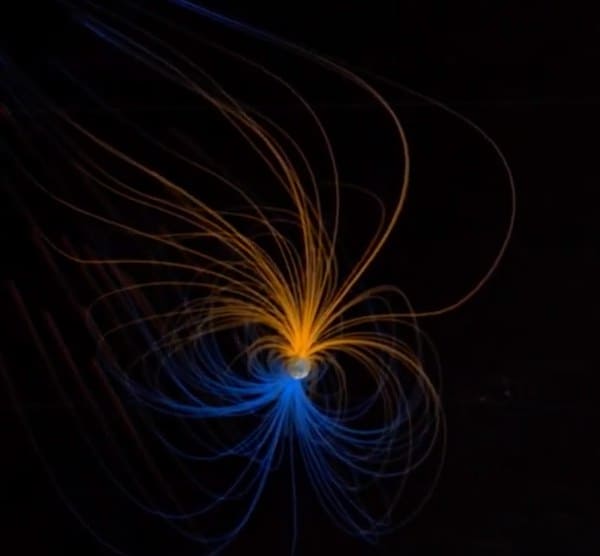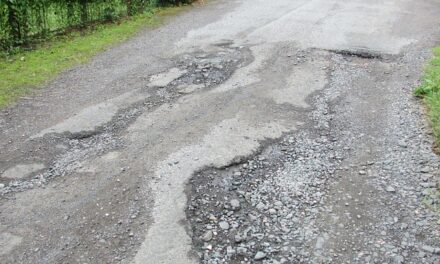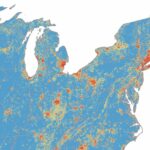The Earth’s magnetic shield booms like a drum when it is hit by strong impulses, according to new research from Queen Mary University of London.
“Earth’s magnetic shield is continuously buffeted with turbulence so we thought that clear evidence for the proposed booming vibrations might require a single sharp hit from an impulse. You would also need lots of satellites in just the right places during this event so that other known sounds or resonances could be ruled out. The event in the paper ticked all those quite strict boxes and at last, we’ve shown the boundary’s natural response.”
The probes were able to detect the boundary’s oscillations and the resulting sounds within the Earth’s magnetic shield, which agreed with the theory and gave the researchers the ability to rule out all other possible explanations.
Many impulses which can impact our magnetic shield originate from the solar wind, charged particles in the form of plasma that continually blow off the Sun, or are a result of the complicated interaction of the solar wind with Earth’s magnetic field, as was technically the case for this event.
The interplay of Earth’s magnetic field with the solar wind forms a magnetic shield around the planet, bounded by the magnetopause, which protects us from much of the radiation present in space.
School students have successfully identified sounds caused by a solar storm in the Earth’s magnetic shield, as part of a Queen Mary University of London research project.
ESA’s quartet of satellites studying Earth’s magnetosphere, Cluster, has discovered that our protective magnetic bubble lets the solar wind in under a wider range of conditions than previously believed.










